

In 1889, the first Transactions of the American Orthopedic Association, encompassing the 1887 and 1888 annual meetings, are published in accordance with the AOA by-laws. Held at the Academy of Medicine New York.
From 1889 to 1933, the title of The Journal evolved four times. Over the course of this period, The Journal became the official publication of the British Orthopaedic Association, American Orthopaedic Association, and the American Academy of Orthopaedic Surgeons.

In 1889, the first Transactions of the American Orthopedic Association, encompassing the 1887 and 1888 annual meetings, are published in accordance with AOA by-laws.
In 1903, the Transactions becomes The American Journal of Orthopedic Surgery.
In 1919, The American Journal of Orthopedics becomes the official publication of the British Orthopaedic Association, in addition to the American Orthopaedic Association, and the name is changed to The Journal of Orthopaedic Surgery.
In 1922, the title of The Journal is changed to The Journal of Bone and Joint Surgery.
In 1933, The Journal becomes the official publication of the newly formed American Academy of Orthopaedic Surgeons, although ownership is maintained by the American Orthopaedic Association.

Since its inception, JBJS has stood above other medical journals for its editorial excellence. JBJS Editors-in-Chief and Deputy Editors have always been committed to the rigorous fact-checking, line editing, and manuscript reviews required of a leading scientific journal.
It is the mission of JBJS, Inc. “to improve musculoskeletal health across the globe by delivering gold-standard information resources for clinicians, researchers, and orthopaedic care teams,” and this focus on delivering high-quality information is reflected in the meticulous copy-editing of every JBJS article.
The cover of The Journal has undergone not only design but title changes. Enjoy this journey through history.
Dr. Rogers served as the first Editor of The American Journal of Orthopedic Surgery, replacing a 3-man Editorial Committee. He served as an officer in the Medical Corps during his tenure, and resigned from his position in 1918.
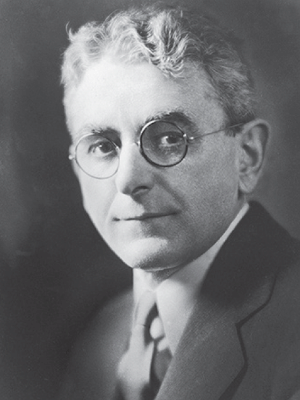
Click below to read the obituary for Dr. Rogers.
Mark Homer Rogers 1877-1941

Dr. Orr served as Editor-in-Chief from 1919 to 1921. During his tenure, the editorial offices were moved to Lincoln, NE, while the business offices remained in Boston.
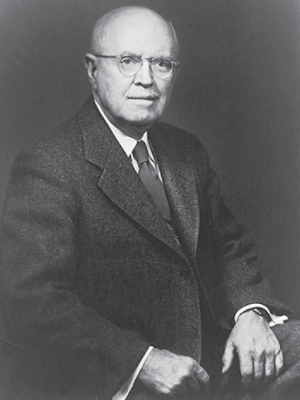
Click below to read the obituary for Dr. Orr, along with an editorial Dr. Orr wrote at the end of his tenure as Editor-in-Chief (1919-1921).
Hiram Winnett Orr 1877-1956
Editorial

Deemed the “first Editor in the modern sense” by the AOA, Dr. Brackett set the tone for JBJS and turned it into the printed mainstay of the orthopaedic surgical community. During his tenure, subscriptions increased from 797 to over 3,300.
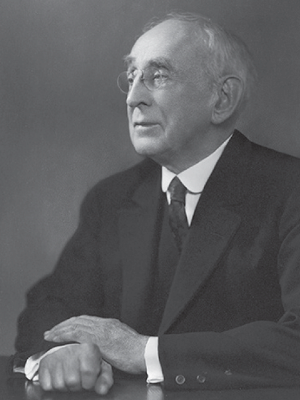
Click below to read the obituary for Dr. Brackett, along with 2 editorials Dr. Brackett wrote during his tenure as Editor-in-Chief (1921-1942).
Elliott Gray Brackett
Editorial Department. Foreword for the Year 1922
Tuberculosis in China

The Journal’s offices are moved from E. G. Brackett’s home to #8 The Fenway, Boston Medical Library.
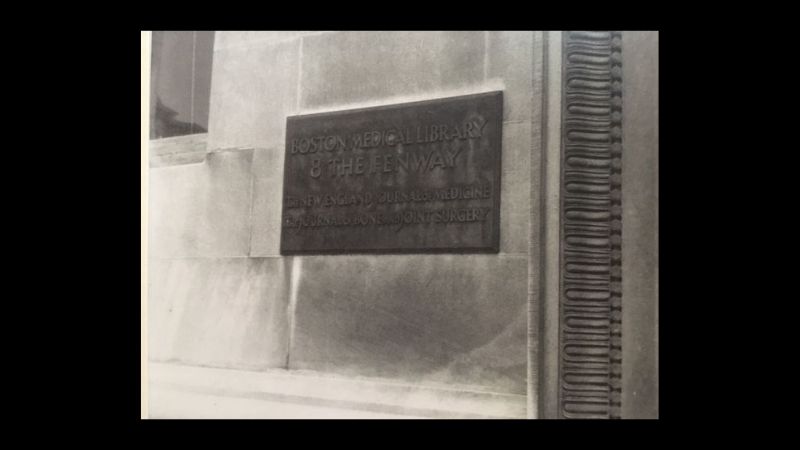

Blount. Tibia vara. Osteochondrosis deformans tibiae. JBJS. 1937 Jan;19(1):1.
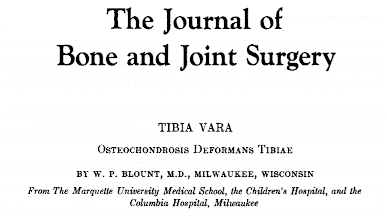
Barr and Mixter. Posterior protrusion of the lumbar intervertebral discs. JBJS. 1941 Apr; 23(2):444.
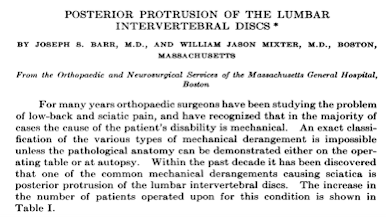

Dr. Rogers coordinated a joint publication with The British Orthopaedic Association. Under his guidance, JBJS also became a nonprofit corporation with its Trustees appointed by The American Orthopaedic Association, its former owner, and The American Academy of Orthopaedic Surgeons.
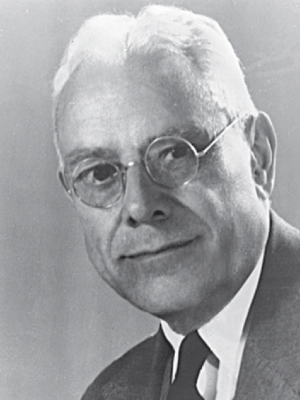
Click below to read the obituary for Dr. Rogers, along with 2 editorials Dr. Rogers wrote during his tenure as Editor-in-Chief (1944-1958).
William Alexander Rogers, M. D. March 30, 1892 to April 4,1975
Editorial Announcement
Editorial

Shortly after WWII, leaders of the American and British volumes of JBJS developed friendships and created an alliance that extended for decades. They met socially on a regular basis – gathering on both sides of the pond – and developed a co-publication plan to reflect the international characters of both Journals.
Initially, the co-publication plan devised by American Editor-in-Chief William A. Rogers and British Editor-in-Chief Sir Reginald Watson-Jones called for 8 volumes per year of the American volume and 4 volumes per year of the British volume . A subscription to both volumes could be purchased for $14, and subscriptions to each individual volume could be purchased for $10. Early negotiations around issue pricing, currency exchanges, and international postal regulations continued for years. However, both Journals largely worked harmoniously on these administrative details for the next several decades.
In January 1981, the Journals modified their publishing schedules in an effort to address the increasing number of high-quality papers submitted, reduce delays between article acceptance and publication, and further distinguish between the two Journals. Both agreed to increase the number of issues published to 9 per year. American issues would be referenced by month, while British issues would be referenced by number.
Throughout the first decade of the 21st century, the American and British Journals continued their affable working relationship. However, in 2011, the two Journals agreed to chart the courses of their individual futures by severing their formal ties. Each Journal was given complete control over its publication frequency and autonomy over its editorial and business strategy and brand.
During his tenure from 1952-2000, Steve Tilton was a talented, dedicated and beloved contributor to JBJS.
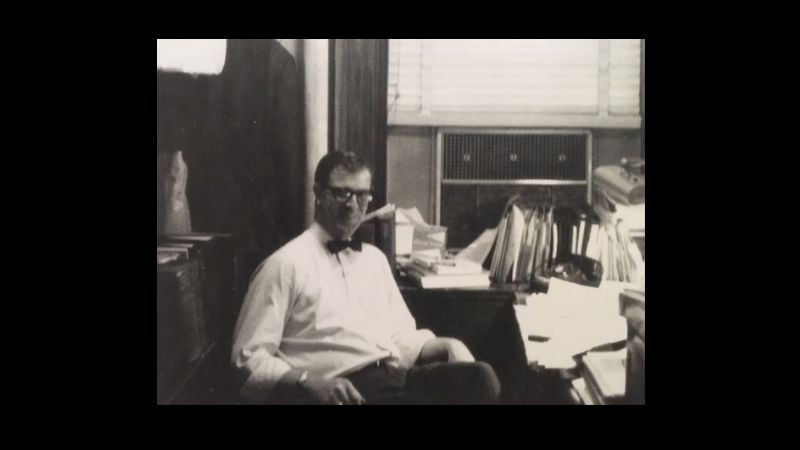
Steve Tilton went to college at Colby, in Maine, and was a second-generation conscientious objector who served in the American Field Service in World War II, as his father had in World War I. Mr. Tilton drove an ambulance in North Africa, Italy, and Germany. After the war, it seems he had had his fill of excitement in motorized vehicles, and he never drove again. He taught English at Beirut University for a time, then came to Boston to attend BU for a graduate degree in English literature, but did not enjoy being back in school and did not stay long. He started at JBJS in 1954. He arrived on time at the office, lunched always at 11:30, read the Boston Globe at his desk after lunch, and never worked past closing time.
He was a homebody, and when asked what he planned to do on his spring vacation, he was known to mention that he might venture out to Harvard Square in Cambridge, around two miles from his home; however, he really enjoyed the bi-annual trips to England to meet with the British once those trips began in the 70’s or 80’s.
He retired from his role as Managing Editor in 1998 and worked part-time for JBJS as Manager of the Journal of Orthopaedic Research. He officially retired in 2000.

The current, independent, non-profit corporation, The Journal of Bone and Joint Surgery, Inc., is established and the AOA relinquishes ownership.


Moore. The self-locking metal hip prosthesis. JBJS. 1957 Jul;39(4):811.


Dr. Brown improved the rapidity of publication of articles by increasing the number of journal issues to 8 per year. Additionally, his meticulous insistence on accuracy and clarity set the highest standards for publishing in JBJS.
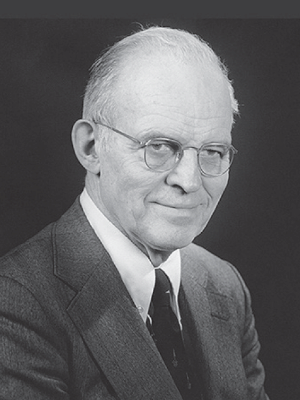
Click below to read the obituary for Dr. Brown, along with an editorial Dr. Brown wrote during his tenure as Editor-in-Chief (1958-1978).
Thornton Brown, M.D., 1913-2000
Editorial

Smith and Robinson. The treatment of certain cervical spine disorders by anterior removal of the intervertebral disc and interbody fusion. JBJS. 1958 Jun;40(3):607.
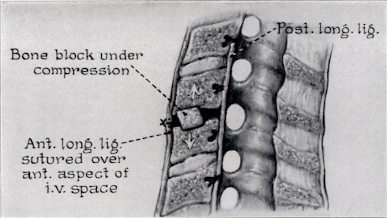

Ponseti and Smoley. Congenital club foot: the results of treatment. JBJS. 1963 Mar;45(2):261.


Salter and Harris. Injuries involving the epiphyseal plate. JBJS. 1963 Apr;45(3):587.
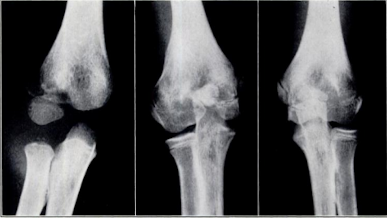

The main offices of JBJS are moved to Harvard’s Countway Medical Library.


Phalen. The Carpal-Tunnel Syndrome. Seventeen years’ experience in diagnosis and treatment of six hundred fifty-four hands. JBJS. 1966 Mar;48(2):211.
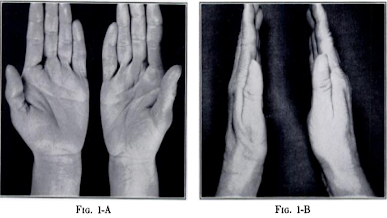

Slocum and Larson. Rotatory instability of the knee: its pathogenesis and a clinical test to demonstrate its presence. JBJS. 1968 Mar;50(2):211.


The Annual Bibliography of Orthopaedic Surgery is an index of articles that have significant value to orthopaedic surgeons. Articles are chosen by an Advisory Committee made up of the American Orthopaedic Association and JBJS.


Before the widespread use of PCs, the JBJS publication process involved manually checking references, pen-and-ink editing, re-typing manuscripts, cutting-and-pasting layouts, and snail-mailing submissions, review copies, and proofs.
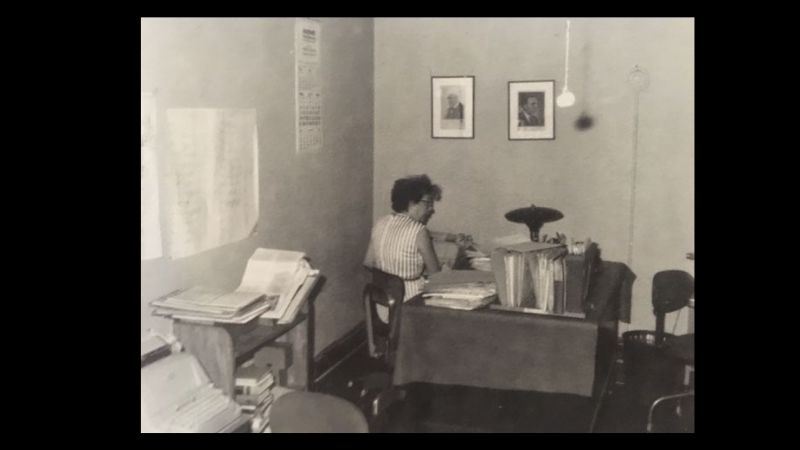
“Until the late 1970s, the process of publishing an issue of JBJS and getting it into the hands of subscribers was a laborious one.
After acceptance, each manuscript underwent a 3-day process of meticulous line editing, manual reference checking, and retyping of the entire manuscript.
The printing process was also time-consuming. Once assigned, articles were shipped to the printer, where they were rekeyed and typeset before being sent back to JBJS for proofreading. The hard-copy proof was then read, corrected, and shipped back to the printer to create the final copy, which was again proofread to make sure that all changes had been incorporated correctly.
Layout artists then proceeded to cut up the printed pages and lay them out onto sheets to mimic the final appearance in the full printed Journal before shipping the pages back to the printer, who finalized proofs for final proofreading before printing the full Journal.”

Neer II. Anterior acromioplasty for the chronic impingement syndrome in the shoulder. A preliminary report. JBJS. 1972 Jan;54(1):41.
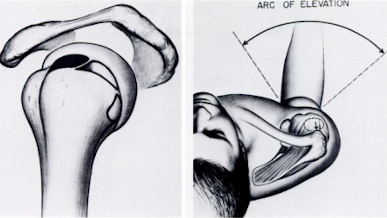

Appointed in 1958, Dr. Brown was a humble leader who set a high standard for editorial excellence and was devoted to the communication of scientific material. During his tenure as Editor-in-Chief, he inculcated the controlled article structure that remains today.
Gustilo and Anderson. Prevention of infection in the treatment of one thousand and twenty-five open fractures of long bones: retrospective and prospective analyses. JBJS. 1976 Jun;58(4):453.


JBJS launched Orthopaedic Transactions to recognize the significant contributions of leading orthopaedic researchers and to make their articles available to a larger audience of peers who were not able to attend specialty conferences in person.
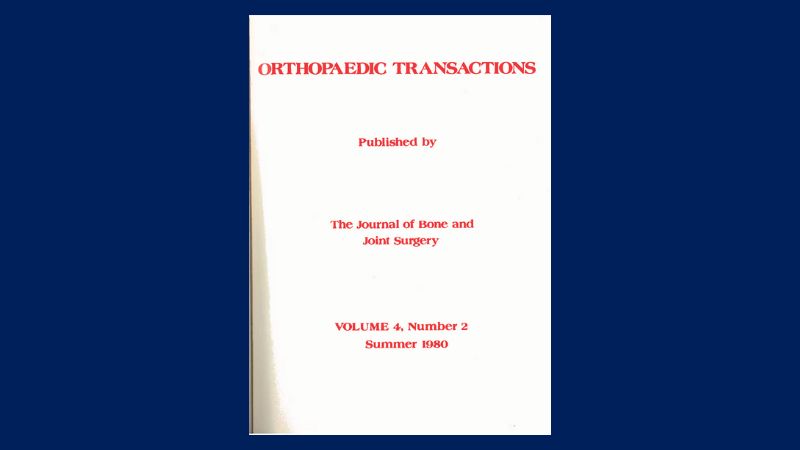

Carter and Hayes. The compressive behavior of bone as a two-phase porous structure. JBJS. 1977 Oct;59(7):954.
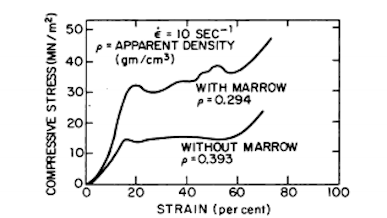

Rowe et al. The Bankart procedure. A long-term end-result study. JBJS. 1978 Jan;60(1):1.
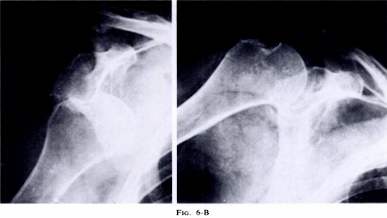

Under Dr. Curtiss, JBJS began to decrease the length of time from submission to publication. He had a lighter hand during line editing than his predecessors and started to accelerate deadlines for author responses to reviewer comments and corrected manuscripts.
Dr. Curtiss established the Current Concepts Reviews and Letters to the Editor sections during his tenure and increased publication to 9 issues per year. He was the first medical editor to suggest that authors disclose potential conflicts of interest.
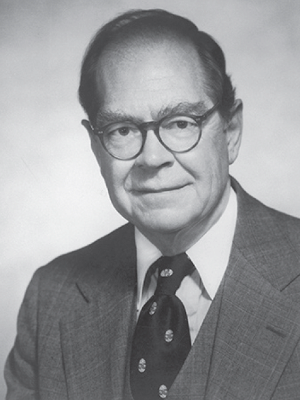
Click below to read the obituary for Dr. Curtiss, along with an editorial Dr. Curtiss wrote during his tenure as Editor-in-Chief (1979-1985).
Paul H. Curtiss Jr., MD 1920-2007
Editorial Announcement

To meet orthopaedists’ demand for review articles, JBJS moved from occasional review articles to regularly published articles that were planned in advance and edited in a more systematic way, resulting in a regular, high-quality special section.
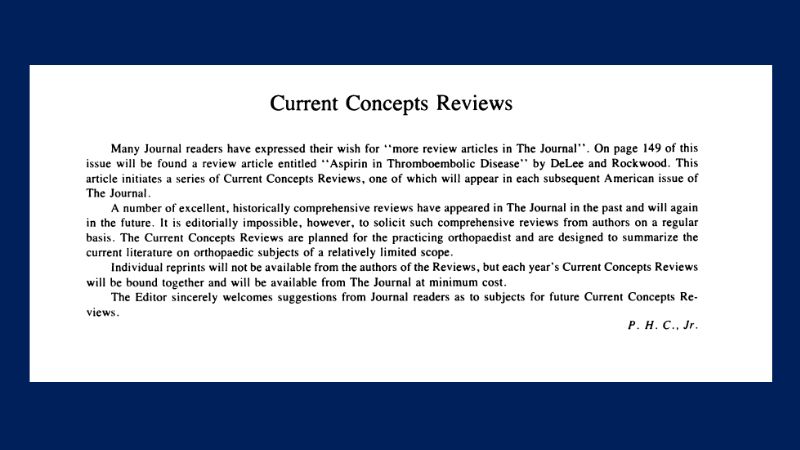

Noyes et al. Arthroscopy in acute traumatic hemarthrosis of the knee. Incidence of anterior cruciate tears and other injuries. JBJS. 1980 Jul;62(5):687.
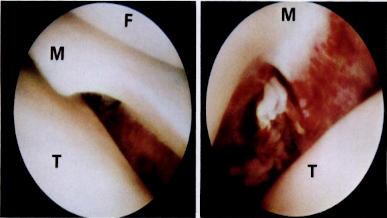

Noyes et al. Biomechanical analysis of human ligament grafts used in knee-ligament repairs and reconstructions. JBJS. 1984 Mar;66(3):344.
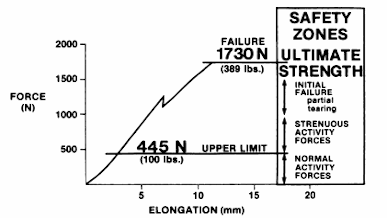

Winquist et al. Closed intramedullary nailing of femoral fractures. A report of five hundred and twenty cases. JBJS. 1984 Apr;66(4):529.


JBJS strategically expanded its marketing efforts to increase its reach to orthopaedists by exhibiting and speaking at global conferences, joining scientific publishing societies, increasing its outreach to authors and subscribers, and supporting these efforts with a dedicated Advertising department.
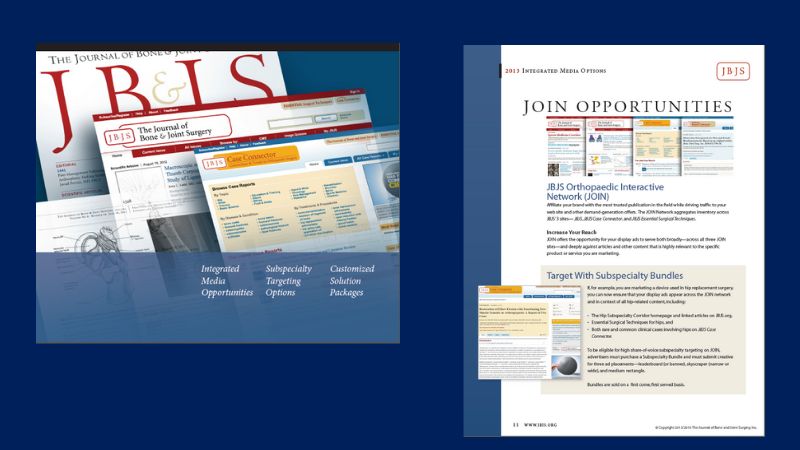
JBJS leadership understood that its rich legacy as a niche, scholarly medical journal would need a fresh infusion of marketing savvy in order to continue its success into the next millennium.
Under Henry Cowell’s tenure, The Journal expanded its marketing outreach by attending and exhibiting at meetings and conferences both nationally and internationally.
Under Jim Heckman’s tenure, The Journal continued to invest in marketing, with the hiring of a dedicated Marketing Director and expanded marketing staff, increased participation in conferences with formal marketing strategies and a professionally designed exhibit booth, and outreach to orthopaedists through direct mail and other advertising channels.

Dr. Cowell brought JBJS into the modern age of electronic publishing. He replaced typewriters with computers, started the JBJS website and put its content on CD-ROMs, introduced desktop publishing, and instituted a computerized database for article tracking.
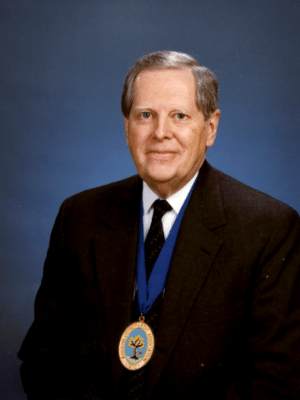
Below are the links to the obituary for Dr. Cowell, along with links to editorials Dr. Cowell wrote during his tenure as Editor-in-Chief (1986-1999).
Henry R. Cowell, MD, PhD 1933-2017
Multiple Authorship of Manuscripts
Patient Care and Scientific Freedom
Electronic Publishing—The Next Step
The Use of Numbers and Percentages in Scientific Writing
Discount Pricing for Residents and Registrars
Electronic Publishing—Another Step
Management of Postoperative Pain in Animals Used in Research

Under the tenure of Dr. Cowell, JBJS started using PCs and investing in technology to better meet the needs of modern subscribers. Some advances, such as an early OCR scanner that spared copy editors the task of retyping manuscripts, were designed to improve operations. Others, such as the JBJS.org web site, expanded the ways in which subscribers could interact with the Journal.
In 1992, JBJS was among the first medical journals to produce a full-text version on CD-ROM, and, in 1996, The Journal launched a basic web site. Like most web sites at the time, it was a work in progress and was intended to answer common reader questions relating to Editorial, Subscriptions, and Advertising.
By the end of the 1990s, the full text and illustrations of JBJS for 1996-1998 became available online, and the site was updated monthly to mirror the CD-ROM subscription with Medline abstracts of articles listed in the references. The site also featured fuzzy-logic text searching, relevance-ranked document retrieval, and full indexing of all important text words. Links within the text to images, charts, graphs, tables, and references helped users find information rapidly.
Online access to full-text versions was available to all users for a trial period, after which non-subscribers were only able to view tables of contents and abstracts. In 1999, all visitors to the site were given the ability to download specific articles for a fee.
These advances were designed to provide information to readers in a readily available form and timely fashion, helping to cement The Journal’s reputation as a leader in orthopaedic education.
During Dr. Cowell’s tenure, JBJS increased its base of international subscribers and authors by reaching out to a global audience, participating in international conferences and workshops, and expanding its marketing to orthopaedists worldwide.
During the mid-1980s, JBJS found new footing – growing from a niche scholarly journal to a thriving global corporation under the leadership of Henry Cowell. He was the first Editor-in-Chief to travel extensively around the globe, meeting with a variety of organizations, including the AAOS and the European Federation of National Associations of Orthopaedics and Traumatology (EFORT).
To help increase international submission and acceptance rates, he regularly delivered lectures and conducted workshops designed to help orthopaedists understand how to write for JBJS as well as how the review and editing processes work.
He also expanded Deputy Editor workshops internationally to extend the review and editing processes to professionals worldwide.
These initiatives were well-received and effective in expanding the Journal’s visibility among international authors and subscribers.
When Henry Cowell became Editor-in-Chief, he also became JBJS’s first CEO, a role that included financial responsibility and ushered in a new age as a thriving corporation and international powerhouse in a highly competitive market.
Under Henry Cowell, Deputy Editor workshops included reviewers and were held around the country and globe, at greater frequency, to improve communication, feedback, and training. He also educated orthopaedists on how to effectively critique manuscripts.
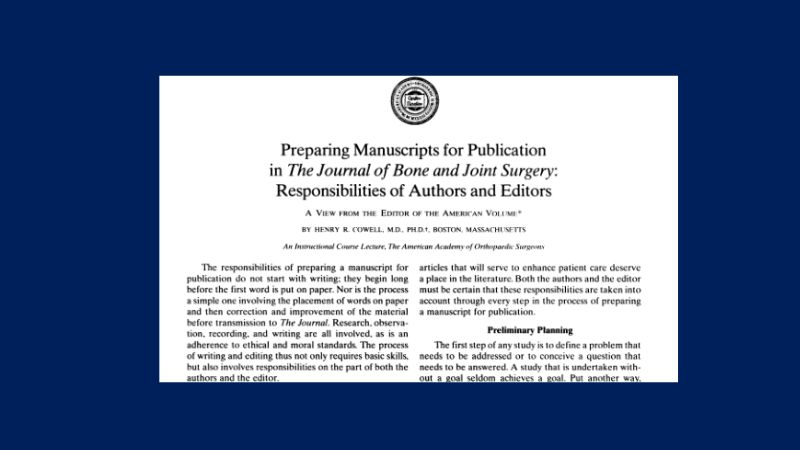
The Deputy Editor workshop became a crucial component of publishing JBJS during Henry Cowell’s leadership as Editor-in-Chief.
During these workshops, Deputy Editors would gather together with reviewers, Associate Editors, and others to resolve disagreements around reviewers’ grades.
Dr. Cowell was intent on increasing the frequency of these workshops and using them to extend The Journal’s outreach among key stakeholders and enhance education on how to effectively critique manuscripts, helping to raise the bar for editorial excellence.
Dr. Cowell also prioritized continuing education for JBJS staff, whether that meant training on new computer technologies or supporting senior staff membership in professional societies and participation in conferences.

Simon et al. Limb-salvage treatment versus amputation for osteosarcoma of the distal end of the femur. JBJS. 1986 Dec;68(9):1331.


The Journal, faced with the concern that an increasing number of high-quality manuscripts were being submitted each year and aware of the fact that the acceptance of more papers for publication had led to a longer interval between acceptance and publication, decided to increase the number of issues published each year.
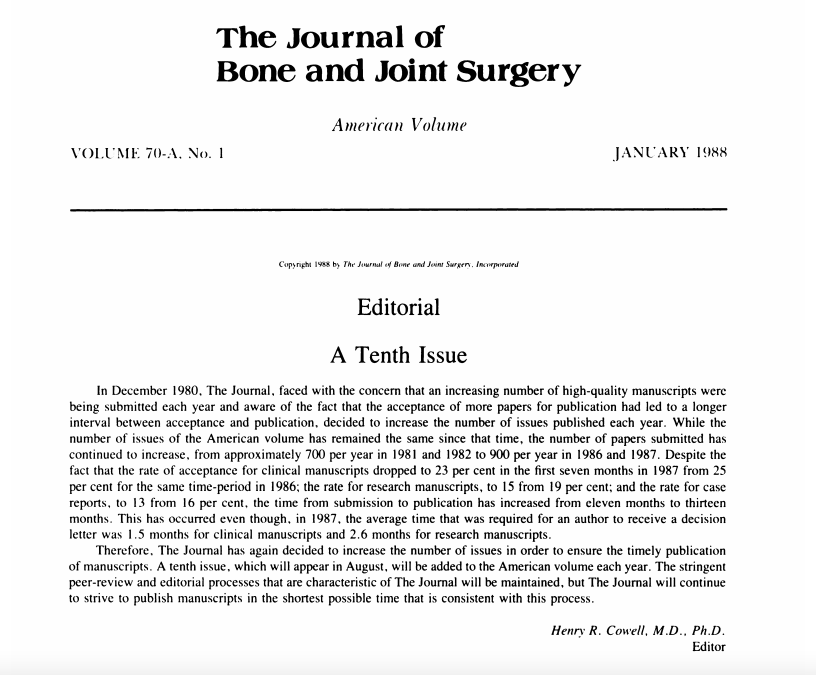
JBJS Editorial Staff and Trustees recognized that to support the JBJS mission, the organization must encourage authors to submit their best material. For authors to do so, it was imperative that they be comfortable with the review process, which should follow stringent standards in an author-friendly way.
Some authors felt that an author’s perceived status—based on their institution and location—might affect whether a manuscript was rejected or accepted. While no such bias was proven, JBJS believed that even the perception of bias should be eliminated and therefore instituted a blind peer review process.
Starting in July 1994, manuscripts were required to be submitted with two cover sheets: one that contained author names and contact information and a second to be sent to reviewers with only the manuscript title.

Boden et al. Abnormal magnetic-resonance scans of the lumbar spine in asymptomatic subjects. A prospective investigation. JBJS. 1990 Mar;72(3):403.


The Journal is available for the first time in electronic format, a quarterly compact disc.
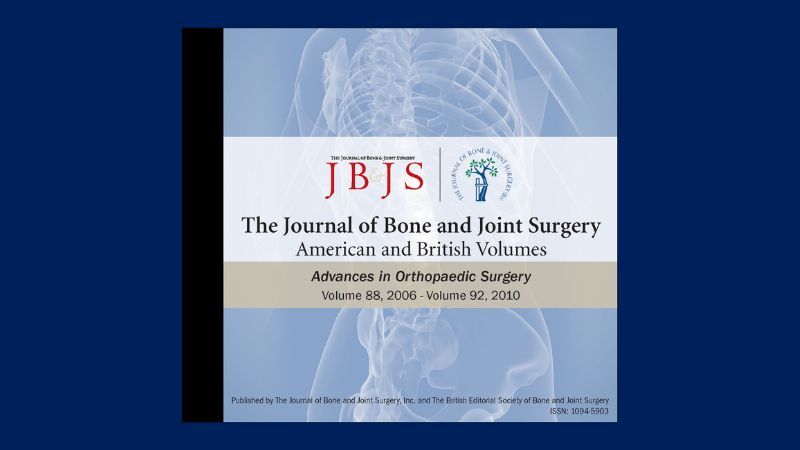

Schmalzried et al. Periprosthetic bone loss in total hip arthroplasty. Polyethylene wear debris and the concept of the effective joint space. JBJS. 1992 Jul;74(6):849.


The main offices are moved to 20 Pickering Street, Needham which remains the current location.
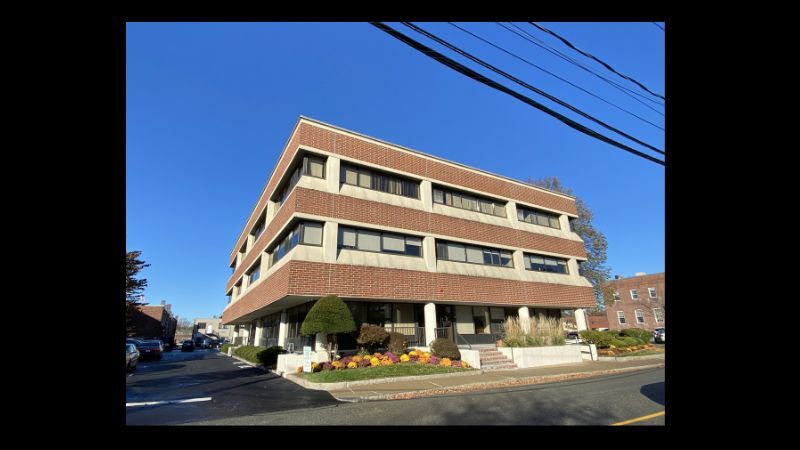

While the AAOS had its own Journal, JBJS supported the newly formed organization and committed to publishing the Academy’s leading instructional course lectures and annual presidential address. This allowed JBJS to expand its visibility with AAOS members worldwide over 24 years until ending the program in February 2017.
Following an intrinsic belief that the perception of bias should be eliminated, JBJS began a blind peer review process that continues today. Manuscripts that clearly identify authors are returned without review.
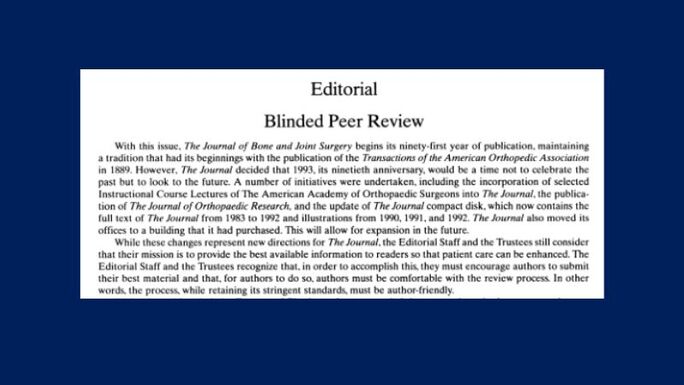
JBJS Editorial Staff and Trustees recognized that to support the JBJS mission, the Journal must encourage authors to submit their best material. For authors to do so, it was imperative that they be comfortable with the review process, which should follow stringent standards in an author-friendly way.
Some authors felt that an author’s perceived status—based on their institution and location—might affect whether a manuscript was rejected or accepted. While no such bias was proven, the Journal believed that even the perception of bias should be eliminated and therefore instituted a blind peer review process.
Starting in July 1994, manuscripts were required to be submitted with two cover sheets: one that contained author names and contact information and a second to be sent to reviewers with only the manuscript title.

Mont and Hungerford. Non-traumatic avascular necrosis of the femoral head. JBJS. 1995 Mar;77(3):459.
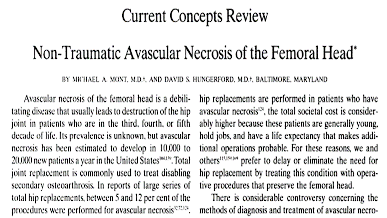

Baumgaertner et al. The value of the tip-apex distance in predicting failure of fixation of peritrochanteric fractures of the hip. JBJS. 1995 Jul;77(7):1058.
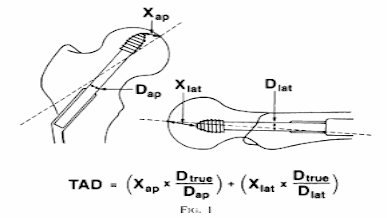

JBJS design has evolved over the years, reflecting our commitment to change as well as our digital presence.
As the Official Scientific Journal of AAOS, JBJS expanded its international reach and presence among AAOS members and orthopaedists worldwide.
The Deputy Editor workshop became a crucial component of publishing JBJS during Henry Cowell’s leadership as Editor-in-Chief.
During these workshops, Deputy Editors would gather together with reviewers, Associate Editors, and others to resolve disagreements around reviewers’ grades.
Dr. Cowell was intent on increasing the frequency of these workshops and using them to extend the Journal’s outreach among key stakeholders and enhance education on how to effectively critique manuscripts, helping to raise the bar for editorial excellence.
Dr. Cowell also prioritized continuing education for Journal staff, whether that meant training on new computer technologies or supporting senior staff membership in professional societies and participation in conferences.
Explore the way-back machine as we look at how JBJS evolved with the web, starting with the first website in 2001, being one of the first journals on the web.
Dr. Chapman approved the OREF-JBJS Journal Club, teamed with HighWire Press for the electronic version of JBJS, and created a CD-ROM version of JBJS. The historic member benefit contract between the AAOS and JBJS was agreed to in 2001.
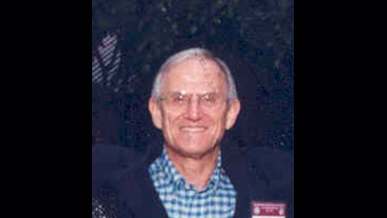
Dr. Chapman oversaw additional high-level business developments. The Board clarified that JBJS would retain full copyright on all published content, and that it would not grant that copyright to others. Prior to this, exceptions for certain institutions were allowed.
Also, the Trustees agreed that the cover of The Journal of Bone and Joint Surgery would reflect its origins from the American Orthopaedic Association.

Dr. Heckman brought enormous energy and fierce determination to his role as Editor-in-Chief. He encouraged the publication of unbiased research and routine reviews by statisticians. He also intensified efforts to network with other journals with an eye toward best and ethical publishing practices.
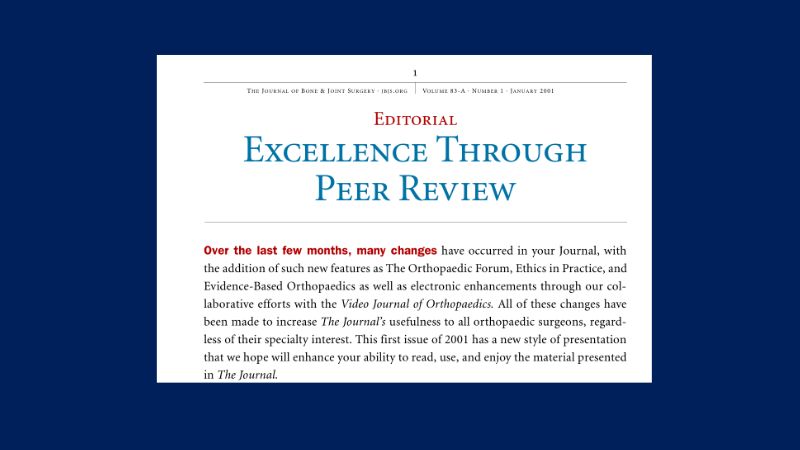

Dr. Heckman spearheaded several important initiatives, including a focus on evidence-based medicine, shortening the time from submission to publication, advancing the integration of print and electronic publication, and expanding the types of articles (Orthopaedic Forum, Ethics in Practice, Evidence-Based Orthopaedics).

Click on read more for links to editorials written by Dr. Heckman during his tenure as Editor-in-Chief (2000-2009).

JBJS‘s established position as the highest-quality journal in the field and required reading among orthopaedists was the impetus behind this program to make the Journal readily available to every orthopaedist in America. This member benefit ended in February 2017.
The move to a new host increased the sophistication of JBJS’s offerings through a modern web presence seen here, which improved search, indexing, and reference functions. JBJS also benefited from alliances with other HighWire journals.
In October 2000, Dr. Heckman, Editor-in-Chief , and Dr. Poss, Deputy Editor for Electronic Media, penned a JBJS editorial in which they noted that “the rapid advent of the electronic age has shaken the foundations of the publishing industry and left all in a quandary, trying to identify strategies to survive and perhaps to thrive in a new paradigm where the dissemination of bountiful information is cheap, while the delivery of high-quality, peer-reviewed knowledge remains expensive.”
In an effort to meet the needs of this new age of scientific publishing and advance the Journal’s mission of presenting the most important new scientific knowledge to the orthopaedic community, JBJS partnered with HighWire Press of Stanford University to develop a new interactive website.
The new site enhanced the value of the Journal’s printed articles with the audio, video, and text capabilities of the Internet and allowed the Journal to supplement its monthly printed publication with real-time resources. The upgraded site featured:
Under Dr. Heckman’s tenure as Editor-in-Chief, JBJS enhanced the level of evidence published with clinical articles and implemented structured abstracts. During this time, JBJS also launched several new features, including “Orthopaedic Forum,” “Ethics in Practice,” “Evidence-Based Orthopaedics,” and “Specialty Update.”
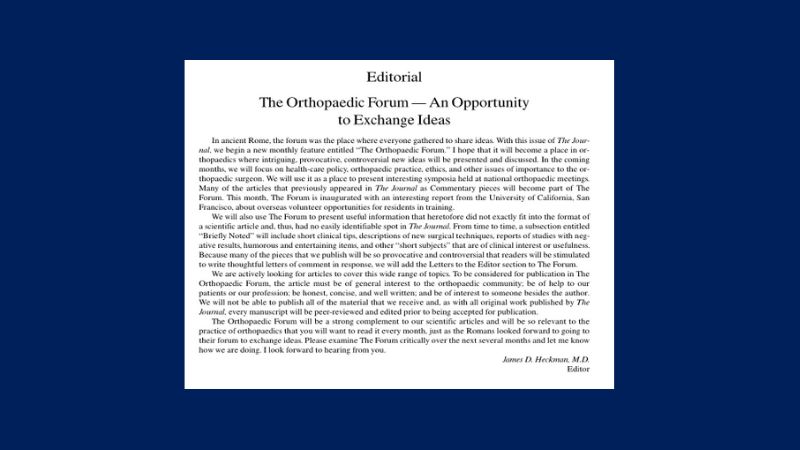
The “Orthopaedic Forum” is designed to be a place where intriguing, provocative, or controversial new ideas are presented and discussed. It includes topics on health care policy, orthopaedic practice, and ethics, and presents interesting symposia from national orthopaedic meetings.
“Ethics in Practice” articles feature topics of benefit to both physicians and patients alike. Typically, each article includes a brief clinical vignette followed by a discussion of the ethical issues that were encountered and how they were addressed.
“Evidence-Based Orthopaedics” articles, published quarterly, feature summaries of the main points of 3 recent studies from the orthopaedic literature, followed by commentaries highlighting the strengths and weaknesses of each study from an evidence-based perspective.“
Specialty Update” articles, published monthly, provide a comprehensive overview of the recent literature pertaining to major subspecialties in the field of orthopaedics.

JBJS CME products were created with busy orthopaedic surgeons in mind. Meeting CME requirements is a yearly task, and JBJS CME products help surgeons meet those requirements in a timely manner that works best with their schedule—anytime, anywhere.

JBJS offers Monthly, Quarterly, and Subspecialty/Topic-Specific Exams for surgeons to meet their CME and SAE requirements. Exams are released on a steady schedule, and are accessible at home, in the office, or on-the-go. Surgeons earn credits by completing exams based on recent peer-reviewed articles published in The Journal of Bone and Joint Surgery.
Monthly exams contain 33-34 questions and are worth 5 AMA PRA Category 1 Credits™, making them the perfect options for surgeons looking for smaller amounts to complete steadily throughout the year.
Quarterly exams contain 100 questions and are worth 10 AMA PRA Category 1 Credits™. Published every quarter, these time-intensive exams are great for surgeons who like to claim larger amounts of CME less frequently throughout the year.
Subspecialty- and Topic-specific exams—like the Pain Management CME and Clinical Summaries CME assessments—offer surgeons the opportunity to earn their credits while exploring topics tailored to their interests. These exams are worth a range of credits, and allow surgeons to build their knowledge while earning CME in areas in which they are most interested.
The Journal of Bone and Joint Surgery, Inc. is accredited by the Accreditation Council for Continuing Medical Education (ACCME) to provide continuing medical education for physicians.

JBJS diversified its business and expanded its offerings by introducing the ability to earn CME credits, with examination questions based on JBJS content, at a time when recertification was becoming increasingly important in the orthopaedic community.
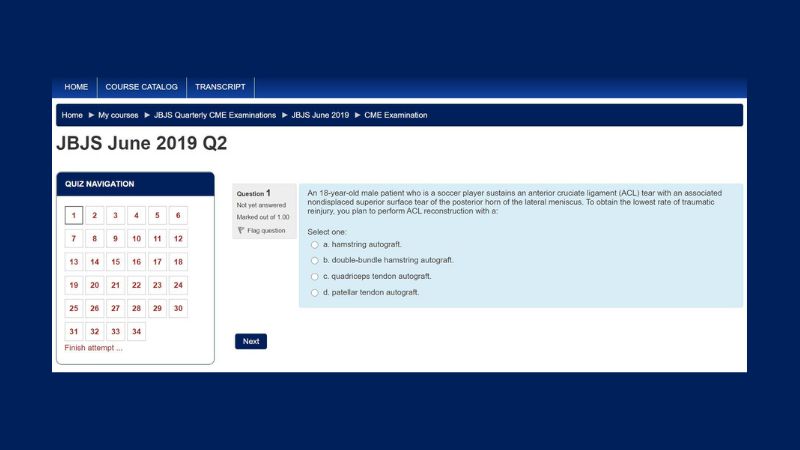

Dr. Greene appointed and promoted James Heckman as Editor-in-Chief and Mady Tissenbaum as the General Manager of JBJS, Inc. On December 31, 2002, the Board of Trustees froze the Defined Benefit Plan.

Also under Dr. Greene’s guidance, the agreement to make JBJS a member benefit of the AAOS was officially implemented. After a long-standing relationship, the separation of the American and British versions of The Journal of Bone and Joint Surgery began.
During his tenure, Dr. Greene reaffirmed the ongoing mission of JBJS for excellence in scientific publishing and encouraged the discussion of other alternative educational opportunities.

Dr. Morrey approved Surgical Techniques as a supplement to The Journal of Bone and Joint Surgery.
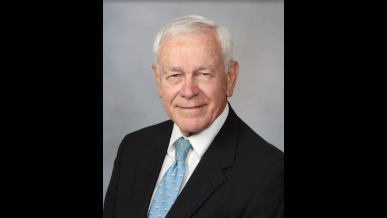

Dr. Urbaniak determined that JBJS should create a business plan for a commercially viable, online, electronic strategy. The member benefit agreement between the AAOS and JBJS was also revised and extended through 2011.
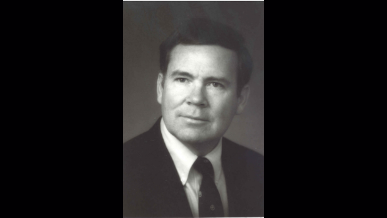

Willert et al. Metal-on-metal bearings and hypersensitivity in patients with artificial hip joints. A clinical and histomorphological study. JBJS. 2005 Jan;87(1):28.
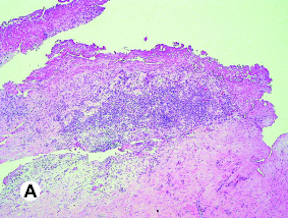

Dr. DeLee approved free subscriptions for all PGY2 through PGY5 residents and expanded the Journal Club program with the OREF for 2007 and 2008.
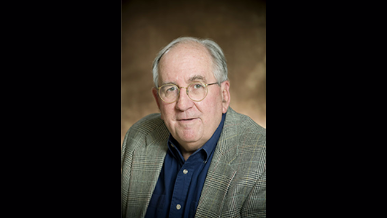
Dr. DeLee also initiated succession planning for the Editor role for 2009. The Board of Trustees had previously decided to pursue a position that combined the Editor role with a new CEO role.

JBJS’s digital transformation accelerated with the launch of an interactive web site housed by HighWire Press, which indexed the entire JBJS archive. The processes for submissions and peer review were moved online as well, decreasing time from submission to publication.
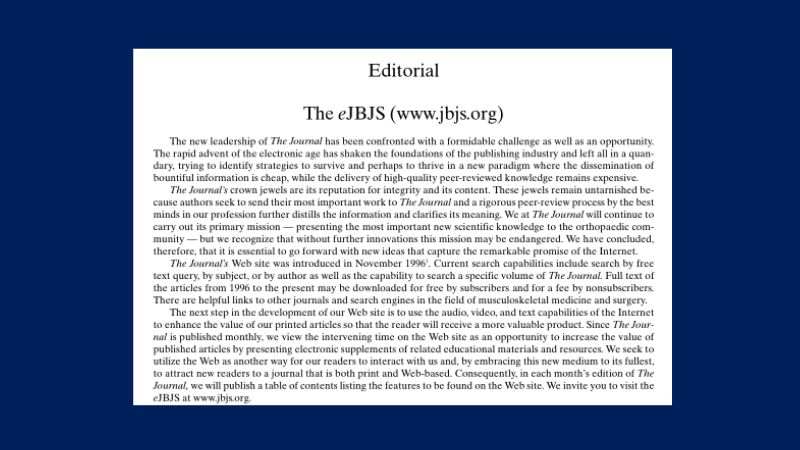
JBJS started to move into the digital age in the 1980s, when staff began to use desktop computers and early-stage digital tools.
In 1996, The Journal debuted its first web page, which initially featured only the current issue’s table of contents. JBJS also began building an extensive CD/DVD library in the 1990s.
By the mid-2000s, JBJS became more digitally sophisticated. The Journal was now housed on HighWire Press, a more interactive site that offered new ways to view and search for articles going back to 1889.
The article submission and peer review processes also moved online, which helped to eliminate the need for laborious and time-consuming cut-and-paste work and decrease the time between submission and publication.

Katz. Lumbar disc disorders and low-back pain: socioeconomic factors and consequences. JBJS. 2006 Apr;88(suppl_2):21.
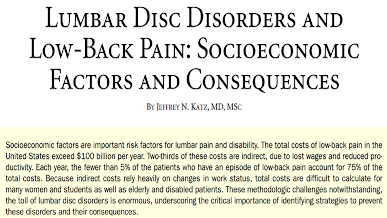

Knutsen et al. A randomized trial comparing autologous chondrocyte implantation with microfracture. Findings at five years. JBJS. 2007 Oct;89(10):2105.
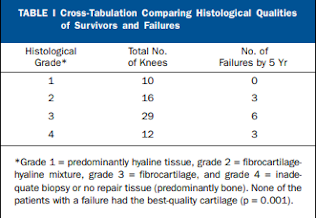

Hovelius et al. Nonoperative treatment of primary anterior shoulder dislocation in patients forty years of age and younger. A prospective twenty-five-year follow-up. JBJS. 2008 May 1;90(5):945.
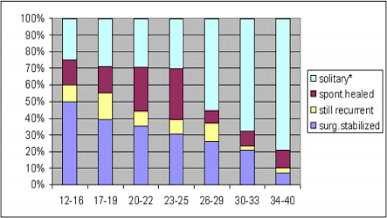

Dr. Herndon created the International Development Committee to expand the global JBJS brand, extended the Joint Publishing Agreement with The British Editorial Society, and extended the AAOS/JBJS Member Benefit Agreement.

Under Dr. Herndon’s guidance, the strategic decision was made to change the traditional business model of JBJS—led by an Editor-in-Chief who also served as CEO—to one where the business functions (CEO & CFO) were separated from the editorial functions (Editor-in-Chief). Kent Anderson was hired as the first CEO/Publisher of JBJS.
To facilitate this change, a new Board committee— the Editorial Advisory Committee—was appointed to maintain open communications between the Editor-in-Chief and the Board of Trustees. Dr. Herndon improved Board communications with monthly conference calls and advanced Board education with strategic discussions led by experts at each annual meeting.

Dr. Tolo continued to shepherd JBJS into the electronic age, most notably during the switch to 2 monthly issues of the flagship journal and the launch of several new electronic-only publications (JBJS Essential Surgical Techniques, JBJS Case Connector, and JBJS Reviews).
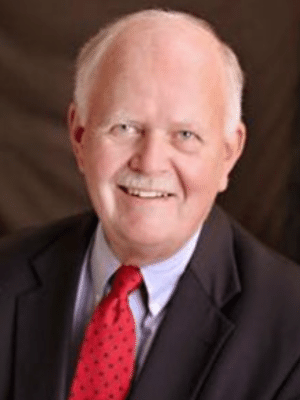
Click on Read More for links to editorials written by Dr. Tolo during his tenure as Editor-in-Chief (2010-2014).

Dr. Hanley approved an expansion of journal titles, with the introduction of JBJS Case Connector, JBJS Essential Surgical Techniques, and JBJS Reviews. With Dr. Mark Miller, a joint venture was approved to develop the JBJS Virtual Recertification Course.

Additionally, Dr. Hanley oversaw the new Enterprise growth strategy led by Kent Anderson, CEO. The Enterprise approach would allow JBJS, Inc. to grow and diversify to meet short-term challenges and long-term stability
Under Dr. Hanley’s leadership of the Enterprise approach, the JBJS name was changed to Striatus Orthopaedic Communications, Inc. The relationships with the AAOS and AOA were redefined, establishing JBJS as a totally independent, non-profit organization. The long-standing business relationship between JBJS and its British counterparts was terminated, resulting in the British journal being renamed The Bone and Joint Journal. Also, JBJS moved its publishing platform from Highwire to Silverchair.

Dr. Cheng specializes in orthopaedic oncology (bone and soft tissue tumors) and adult reconstructive surgery (joint replacement). His research focuses on soft-tissue tumors and sarcomas, bone tumors, osteonecrosis, and complex joint replacement.
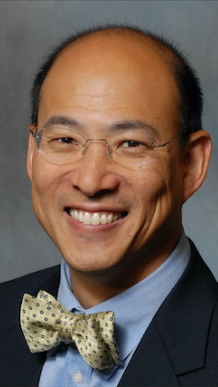
Dr. Einhorn is an internationally renowned expert in adult hip and knee reconstruction surgery. He has researched the study of novel biologic techniques to treat joint ailments, written more than 240 articles, and contributed to multiple textbooks.


Dr. Weinstein instituted a submission fee for JBJS scientific articles and formed the Editor-in-Chief Search Committee which was formed to replace retiring Editor-in-Chief Vernon Tolo, MD.
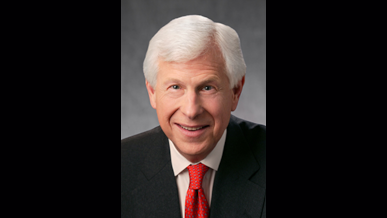
Dr. Weinstein also approved the Peer Review Evaluation Score (preSCORE) initiative to give readers insight into the peer review process around individual articles.
Marc Swiontkowski, MD, was selected by the Editor-in-Chief Search Committee as the next Editor-in-Chief in December 2013.

JBJS introduced a number of new journals during this period, including JBJS Case Connector, JBJS Essential Surgical Techniques, JBJS Reviews, and JBJS Open Access. The new journals were designed to increase the JBJS footprint and expand the delivery of high-quality orthopaedic content.
JBJS Case Connector launched in 2012, with Marc Swiontowski as Editor, and was envisioned as a way to improve the clinical usefulness of case reports. Through robust data mining, this valuable resource (now under the leadership of co-Editors Tom Bauer and Ron Lindsey) continues to provide unprecedented levels of connection among cases and assists orthopaedic surgeons in the search for precedents, associations, and trends in their efforts to improve patient care.
JBJS Essential Surgical Techniques also launched in 2012, under the editorial leadership of Ed Cheng and was designed to meet reader demand with step-by-step surgical videos. This video-based journal, featuring step-by-step demonstrations of orthopaedic procedures supported by evidence-based outcomes, offers a rich-media learning tool to residents and surgeons.
JBJS Reviews launched in 2013, with Tom Einhorn as Editor. It was designed to meet reader demand for comprehensive literature reviews, particularly among residents and surgeons seeking recertification. Comprehensive review articles, written by recognized authorities in the field, provide the reader with expert insights into orthopaedic research and clinical experience across 12 subspecialty areas.
JBJS Open Access launched in 2016 under the leadership of co-Editors Robin Richards and Eng Lee as a way to expand the ability of the organization to publish basic-science and clinical findings, as well as new research approaches, that have the potential of impacting musculoskeletal disease and injury care worldwide.
An upgraded website (“the Hub”) launched in 2017, allowing users to search across all JBJS journals, as well as webinars and other educational content, from a single location.
This course contains 15 individual modules designed to prepare the learner for the American Board of Orthopaedics Recertification Examinations. Each module includes a pretest, video presentation, and posttest.
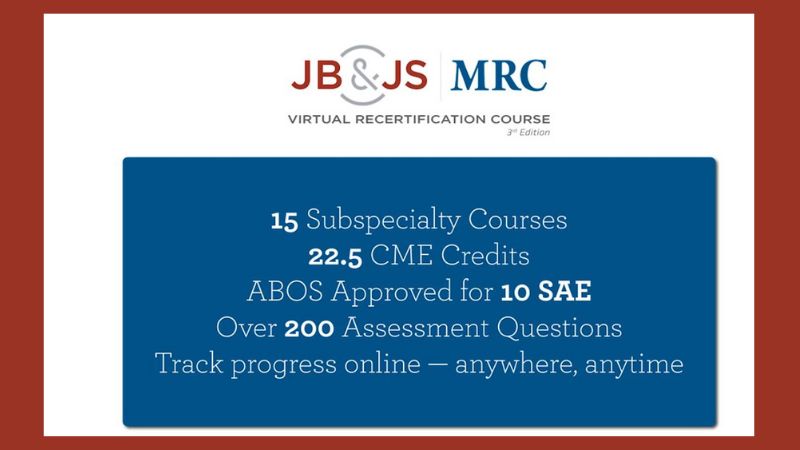

JBJS received accreditation from the Accreditation Council for Continuing Medical Education (ACCME) and introduced the JBJS Recertification Course, which prepares learners for the American Board of Orthopaedics Recertification Examinations. The course has evolved over time. See full product.
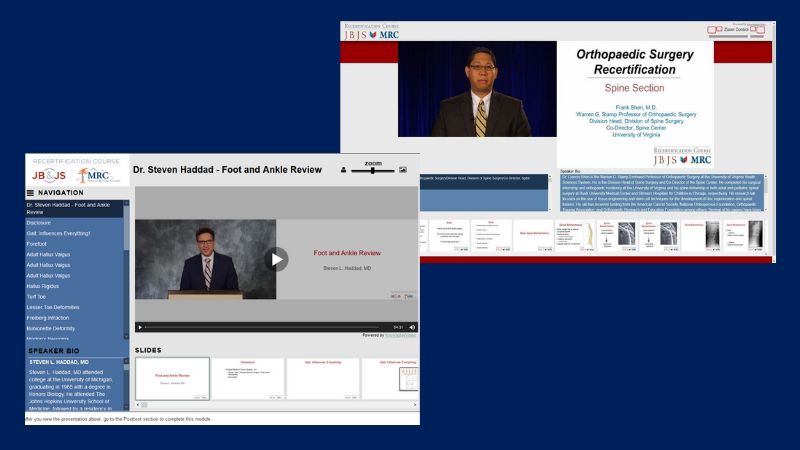

2014 marked 125 years of publishing the highest quality scientific content in the field of orthopaedics. Since its inception, JBJS has had the privilege of shepherding this content from the original, bound journal print issues to its modern electronic state.


Under Dr. Gelberman’s leadership, JBJS entered its first significant publishing agreement with Wolters Kluwer Health, effective beginning 2016. Dr. Gelberman also authorized the asset acquisition of the Journal of Orthopaedics for Physician Assistants, now JBJS JOPA.

Dr. Gelberman also helped reorganize editorial roles at JBJS. He replaced Kent Anderson as CEO/Publisher and then split the responsibilities of the role. Mady Tissenbaum was promoted to Publisher, and Paul Sandford as CEO of JBJS, Inc., in August 2014.
Additionally, JBJS began the use of SocialCite for citation processing. Editorial assets further evolved as the SocialCite project was terminated in December 2014. JBJS preSCORE assets were also sold, and the organization changed its brand back to JBJS, Inc. from Striatus Orthopaedic Communications, Inc. Moving forward, JBJS would focus on the orthopaedic market prospectively.

Dr. Swiontkowski continued the tradition of excellence through the launch of new publications (JBJS Open Access, JBJS JOPA) and educational offerings (JBJS Clinical Classroom, JBJS MRC), all driven by a consistent focus on patient outcomes and practice-changing scientific content.
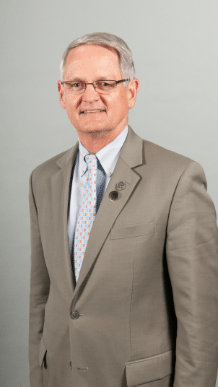
Click on Read More for links to editorials written by Dr. Swiontkowski during his tenure as Editor-in-Chief (2014-present).

Dr. Bauer is recognized as an early innovator in the application of digital imaging to surgical pathology research. After over 30 years at the Cleveland Clinic, he is now the Pathologist-in-Chief at the Hospital for Special Surgery in New York.


This special report, The 2013 Boston Marathon: Preparing for and Recovering From a Mass Casualty Event, focuses on how multidisciplinary teams prepared for and responded to the Boston bombings – and helped survivors rebuild their lives.
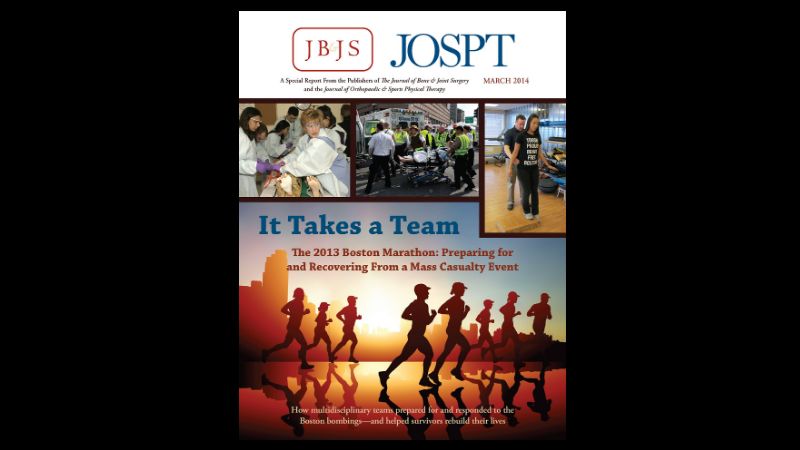

After serving as Deputy Editor of JBJS for 18 years, and Editor of JBJS Case Connector for three years, Marc Swiontowski was appointed as Editor-in-Chief. As a trauma surgeon, Dr. Swiontowski was widely known for his role in elucidating the importance of evidence in orthopaedic research.
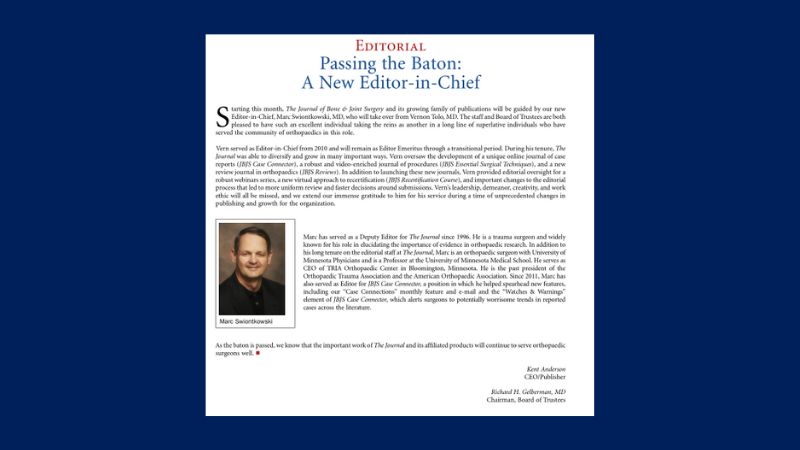

Dr. Beaty expanded the JBJS product offering by launching JBJS Open Access in partnership with Wolters Kluwer and by building JBJS Clinical Classroom in partnership with NEJM Group and Area 9 Learning.

Dr. Beaty convened the Millennial Advisory Group to consult on the new JBJS website, jbjs.org. JBJS journals were moved from the Highwire platform to jbjs.org and the electronic journals platform of Wolters Kluwer. Under Dr. Beaty’s leadership, the Board of Trustees managed the transition following the termination of the AAOS/JBJS Member Benefit Agreement by the AAOS, which had been in place since 2002.
Further, JBJS sold its building in Needham, MA, at the height of the commercial real estate market, and then leased it back.

The move to a new publishing partner under Dr. Swiontkowski’s tenure aligned JBJS with a larger publisher with a strong base of trusted journals, providing new economies of scale and opportunities for the future.
The partnership, which brought together one of the most prominent brands in medical publishing and the premier publisher in the orthopaedic surgery market, marked the transition of the JBJS journals portfolio to a commercial publisher after more than a century of self-publishing.
With the partnership, JBJS became one of the flagship titles in Wolters Kluwer’s orthopaedic surgery portfolio and an essential title in its leading general surgery journal list.
The partnership also provided JBJS with the opportunity to develop additional education products and invest in building out its web site to meet the continually evolving needs of orthopaedists around the globe.
Dr. Lindsey has been in clinical practice for almost 35 years. He is an expert on orthopaedic spine and trauma conditions and the Chair of the Department of Orthopaedic Surgery & Rehabilitation at the University of Texas Medical Branch.
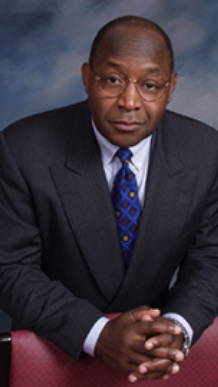

Dr. Lee specializes in the management of orthopaedic problems in children. His research interests are in stem cell biology and musculoskeletal tissue engineering, especially for cartilage and physeal repair and regeneration.


Dr. Richards maintains an active practice focusing on arthroplasty of the shoulder and elbow, upper extremity reconstruction following trauma, soft tissue procedures to control joint instabilities in the upper extremity, and the surgical treatment of irreparable brachial plexus injury.


In January 2016, JBJS implemented an Elite Reviewers Program to formally recognize the outstanding contributions of our very best reviewers. Elite Reviewers are recognized based on measurements of their response time, quality of reviews, and reliability.
Peer review is the basic underpinning of scientific publication, and The Journal’s reviewers are key components in our 127-year history of publishing the highest quality of evidence-based information. JBJS reviewers volunteer their time and expertise to serve the orthopaedic community and enhance the quality of care for patients.
To formally recognize the outstanding contributions of our very best reviewers, beginning in January 2016, JBJS will implement an Elite Reviewer Program. Elite Reviewers will be recognized based on measurements of their response time, quality of reviews, and reliability.
We expect that authors will benefit from the program with even higher-quality and more prompt peer review, and we hope the program inspires all of our reviewers to meet Elite Reviewer standards.
For more information about the program, read the JBJS editorial, or visit the Elite Reviewers Program page on our website.
Dagan Cloutier has a general orthopaedic practice and sees patients of all ages and with all types of musculoskeletal complaints. He also oversees a bone health program that focuses on treating osteoporosis in patients who have sustained a fragility fracture.


JBJS JOPA covers all orthopaedic subspecialties for PAs and NPs and includes two top-notch peer-reviewed journals—JBJS JOPA & JBJS Reviews, plus unlimited journal-based CME.
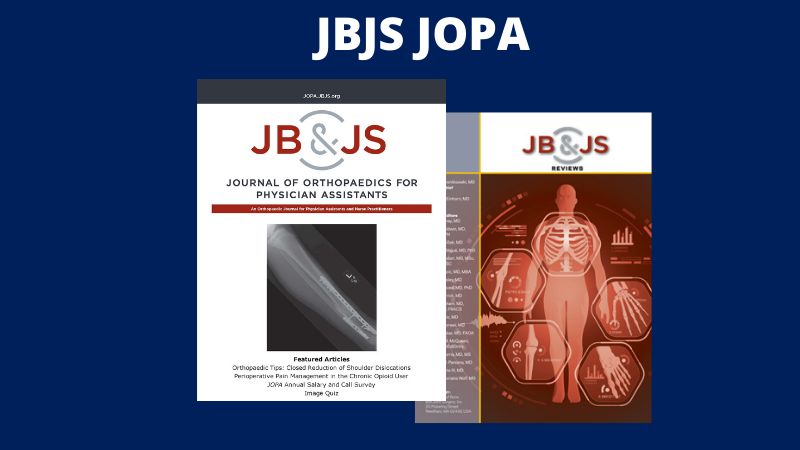

Bacle et al. Long-term outcomes of reverse total shoulder arthroplasty. A follow-up of a previous study
JBJS. 2017 Mar 15;99(6):454.
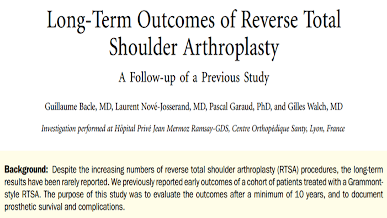

JBJS Complete includes 24 print issues of the flagship and access to JBJS.org. An all-inclusive journal website which provides all that JBJS has to offer: scientific and clinical research, review articles, case reports, surgical technique videos, and peer-reviewed content for orthopaedic PA’s.
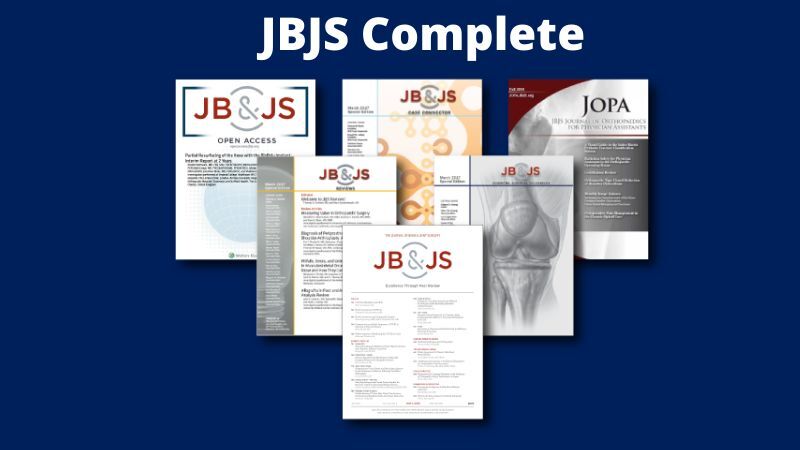

JBJS is excited to introduce the worldwide orthopaedic community to the new JBJS.org website. The website has been the focus for readers to review the current issue, access content not included in print, and perform searches of JBJS content.
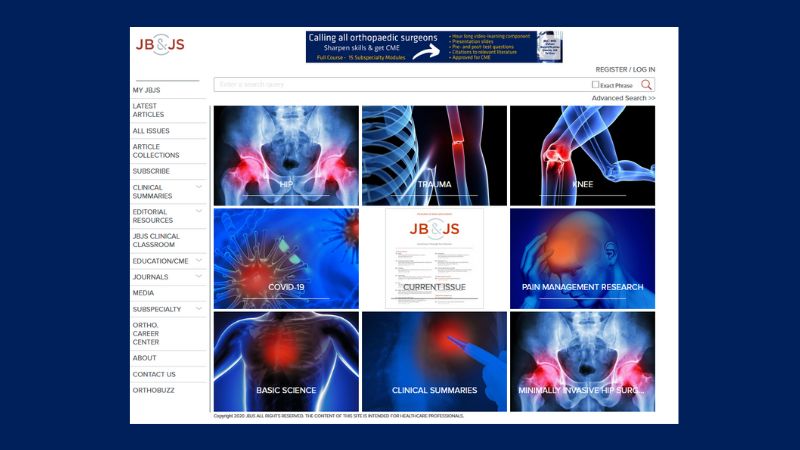

JBJS Clinical Classroom is a leading adaptive learning tool in orthopaedics. It uses a biological model of adaptive learning technology, observes how you learn, and then individualizes content with a precise focus on
knowledge, skill, and confidence deficits.
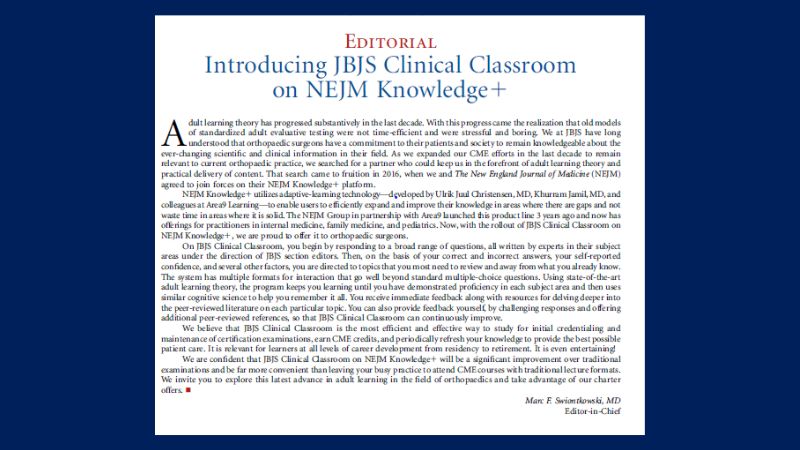

JBJS Clinical Classroom is a leading adaptive learning platform created for orthopaedic surgeons and residency programs. The algorithm creates a unique learning path for users and allows for claiming CME.
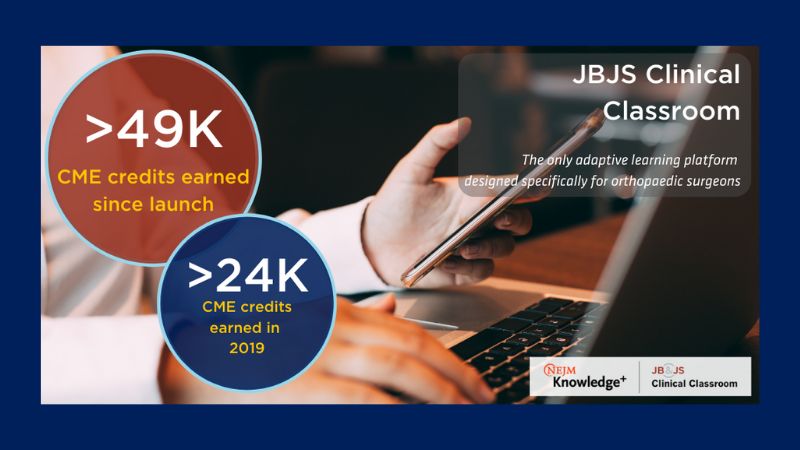
Dr. Weiland helped JBJS expand its education portfolio by acquiring The Miller Review Courses from Dr. Mark Miller and by launching the new AOA Critical Issues in Education Channel in JBJS Open Access.

The AOA Critical Issues in Education Channel was launched as part of an expansion of the agreement between JBJS and the American Orthopaedic Association (AOA). Additionally, The Journal of Bone and Joint Surgery and all other journals became a member benefit of the AOA, which allows for all domestic residents to receive JBJS for free via the CORD group.
During Dr. Weiland’s tenure, the Board of Trustees also terminated JBJS’s frozen pension plan and acquired ownership stake in Orthoevidence™, a global online source for high quality and timely orthopaedic‐only evidence‐based summaries that are pre‐appraised by orthopaedic medical experts.

JBJS Essential Surgical Techniques (EST) and JBJS Open Access (OA) are now archived in PubMed Central (PMC), the national repository of free full-text biomedical literature, and discoverable on PubMed.
Dr. Mark Miller realized that there were very few textbooks or courses that offered concise and thorough reviews of orthopaedic topics. This was the genesis of Review of Orthopaedics, a best seller and Dr. Miller subsequently created the Miller Review Course, which is now in its twenty-fifth year.
JBJS Open Access is an international, peer-reviewed, open-access journal from the publishers of JBJS. The mission of this continuously published online-only journal is to provide a steady flow of comprehensive, objective, and evidence-based basic-science and clinical studies that have the potential to impact orthopaedic care worldwide.
Dr. Swiontkowski discusses key factors to consider when deciding where to submit a manuscript. For complete instructions for authors and other materials, please visit the JBJS Author Resource Center at JBJS.org.
Dr. Swiontkowski provides advice to residents who are considering the field of orthopaedics.
One major trend in the field of orthopaedics is focused on improving research methodology due to more sophisticated analytic approaches. Get the guidance that you need to excel in an evolving field by visiting JBJS.org.
An orthopaedist can become a family resource by taking care of families over generations; from children to grandparents.
Connecting with a patient in providing a surgical or non-surgical solution that results in a good outcome and even more importantly struggling with a patient and their family through a mediocre outcome.
Dr. Swiontkowski recalls having his first manuscript published in the Journal of Pediatric Orthopaedics as 3rd year orthopaedic resident. Ready to get published? Visit the JBJS Author Resource Center at JBJS.org.
Authors play an important role at JBJS. Listen to Dr. Swiontkowski discuss his efforts in support of these valued stakeholders. For complete instructions for authors and other materials, please visit the JBJS Author Resource Center at JBJS.org.
JBJS Reviews is an innovative review journal from the publishers of The Journal of Bone & Joint Surgery. This continuously published online journal provides comprehensive, objective, and authoritative review articles written by recognized experts in the field.
The breadth of orthopaedics encompasses pediatrics, hand, spine, arthroplasty, etc. JBJS delivers complete coverage to a broad field. Please visit JBJS.org.
JBJS Case Connector helps improve patient care by providing the medical community with a journal that harnesses technology to provide information tools for discovery and reporting of unusual musculoskeletal problems, findings, treatment, and outcomes.
Our Publisher, Wolters Kluwer, has resources available to provide translation and editorial processes prior to submission. Information on translation services is available at the JBJS Author Resource Center on JBJS.org.
JBJS Essential Surgical Techniques is the premier journal describing how to perform orthopaedic surgical procedures, verified by evidence based outcomes, vetted by peer review, while utilizing online delivery, imagery and video to optimize the educational experience, thereby enhancing patient care.
Visual resources that have come about in the last 10-15 years in terms of rich resources for video projection of surgical techniques and assessment of patients has had a huge impact in orthopaedics.
JBJS JOPA is a peer-reviewed journal that publishes timely and practical articles covering all orthopaedic subspecialties for physician assistants (PAs) and nurse practitioners (NPs). JOPA provides a unique forum for health-care practitioners to share knowledge and experiences with colleagues in the profession.
The Critical Issues in Education Channel within JBJS Open Access, which is managed in conjunction with the American Orthopaedic Association (AOA), publishes articles covering major issues in the education of orthopaedic medical students, residents, fellows, and faculty.
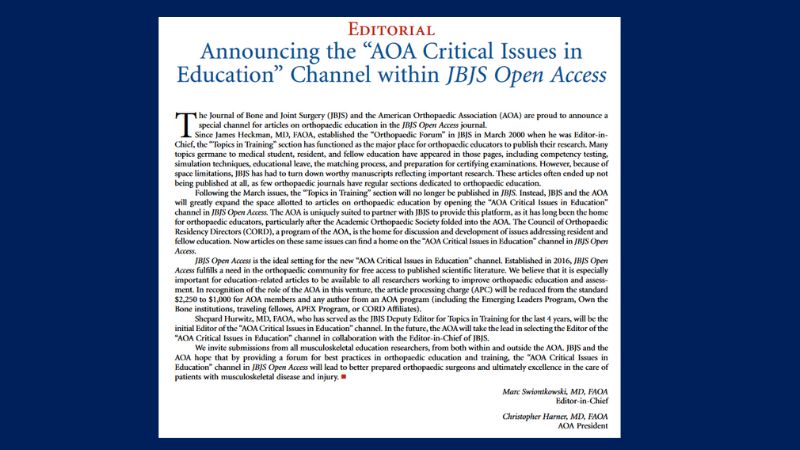

During Dr. Kasser’s term as the Chair of JBJS, he successfully navigated the organization through the Covid-19 Pandemic. This entailed addressing the needs of JBJS stakeholders with regards to new remote methods of conducting business, most significantly transitioning the Miller Review Course to a hybrid learning experience.
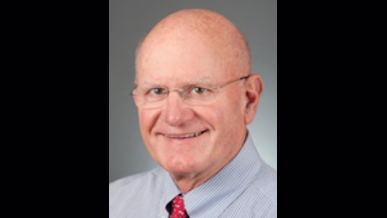
Dr. Kasser was instrumental in leading new strategic planning efforts in the organization to address the continued evolution of digital products and technologies that customers will be utilizing to find and engage with orthopaedic research in the future.

JBJS All-Access CME is designed to help busy orthopaedic surgeons meet their yearly CME requirements. With access to all journal-based CME and SAE exams, as well as JBJS Clinical Classroom, orthopaedic surgeons can meet their goals while building their knowledge.
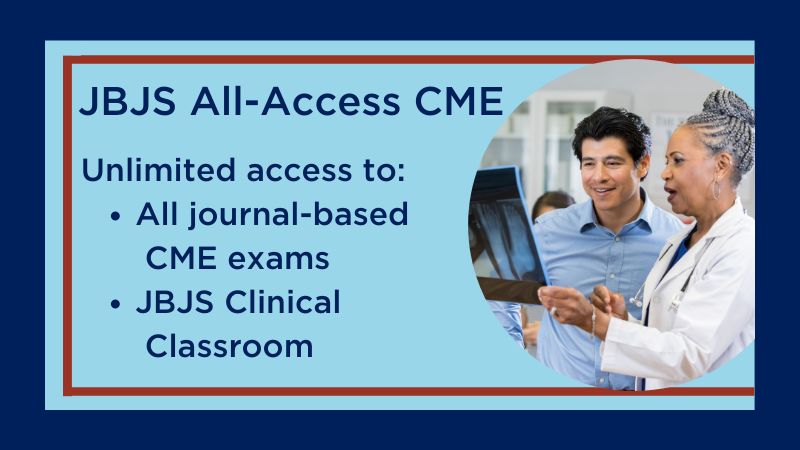

The one-of-a-kind Pain Management Research Symposium was supported by a grant from the National Institute of Arthritis and Musculoskeletal and Skin Diseases (NIAMS award number 1R13AR076879-01) and hosted by The Journal of Bone & Joint Surgery.


The all-inclusive bundle includes six JBJS journals including 24 print issues of The Journal of Bone and Joint Surgery, unlimited CME activities, as well as annual access to JBJS Clinical Classroom, an adaptive learning tool with more than 4,000 assessment questions across 11 subspecialties.
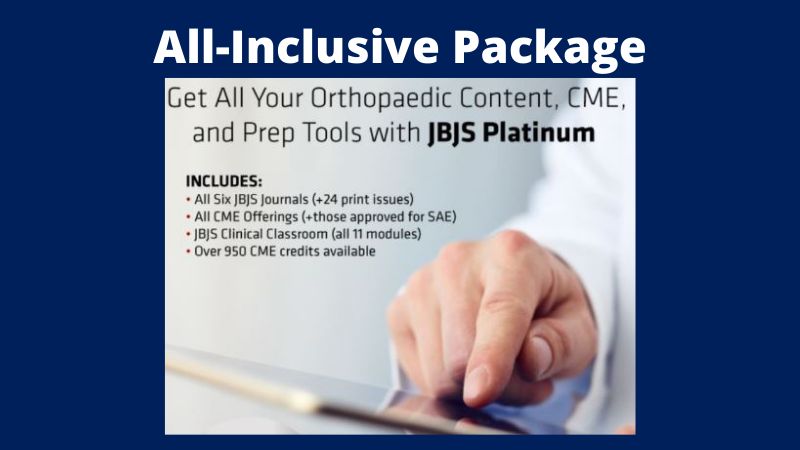

Dr. Chiodo specializes in disorders of the foot and ankle, seeing patients with a wide range of foot and ankle problems. His research interests include bunion surgery and clinical and biomechanical analyses of fixation techniques. Dr. Chiodo serves as the Deputy Editor for JBJS Clinical Classroom.


Dr. Jacobs is the Grainger Director, Rush Arthritis and Orthopaedic Institute, Co-Director, Institute for Translational Medicine, Department of Orthopedic Surgery, Rush University Medical Center.
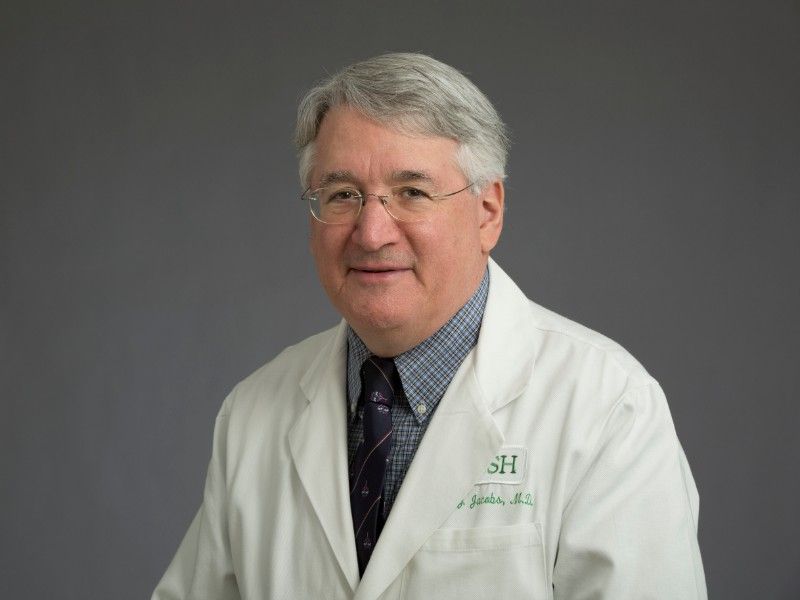
He is a world-renowned researcher investigating materials and techniques for joint replacement who has authored more than 280 peer-reviewed articles, 5 books, and more than 45 book chapters.

The International Consensus Meeting (ICM) convened a group of experts from around the globe to generate venous thromboembolism guidelines or recommendations that address real-world issues. Delegates from 135 international societies, 68 countries, and various specialties, including anesthesia, cardiology, hematology, internal medicine, and orthopaedics, were invited to comb through the literature in a systematic review format and to create practical recommendations related to all subspecialities in orthopedics that would also have global applications. This immense initiative engaged nearly 600 experts who followed the strict Delphi process, as in prior ICM activities, to generate the monumental collection.
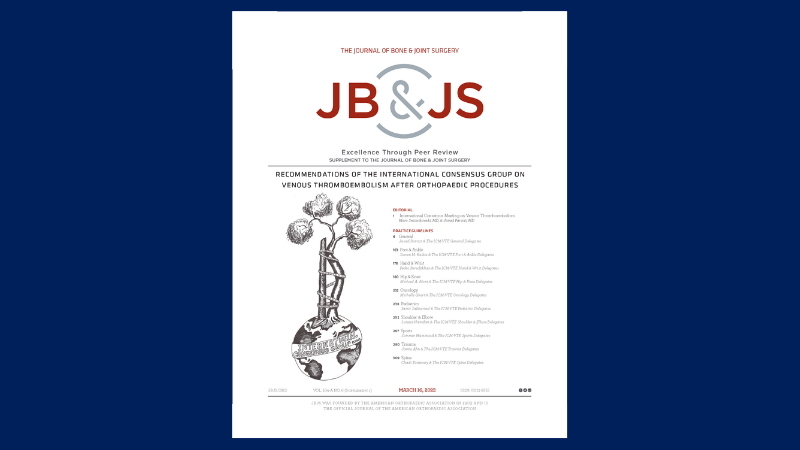
Dr. Carpenter has practiced at the University of Michigan for over 30 years and has expertise in all aspects of shoulder surgery and sports medicine, including arthroscopic and reconstructive surgery. He has served as Team Physician with Michigan Athletics, including serving for 10 years as the head orthopaedic surgeon for Michigan Football.

Dr. Carpenter oversaw the transition of both the CEO and EIC during his term as Chair in 2024.

Mohit (Mo) Bhandari, MD, PhD, FRCSC, universally recognized as a leading light in the field of orthopaedic research, officially assumed the role of Editor-in-Chief on June 1, 2024. Dr. Bhandari’s vision is to reimagine The Journal for the modern audience while continuing to further its mission of providing impactful, gold-standard information to the global orthopaedic community.

Dr. Galatz is the Mount Sinai Professor and Chair of the Leni and Peter May Department of Orthopedic Surgery and the Icahn School of Medicine at the Mount Sinai Health System in New York.

Dr. Galatz is widely recognized for her outstanding contributions to orthopedic surgery, having received numerous prestigious honors, including the Women’s Leadership Forum Award, Exceptional Women in Medicine, and Notable Women in Healthcare. She has been consistently listed among America’s Top Doctors and has earned awards for both clinical excellence and research in her field.

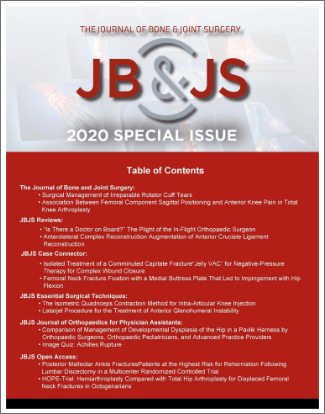
Sign up to receive your free JBJS 2020 Special Issue—a compilation of the most-read articles. You get twelve articles across six JBJS publications in this special issue.